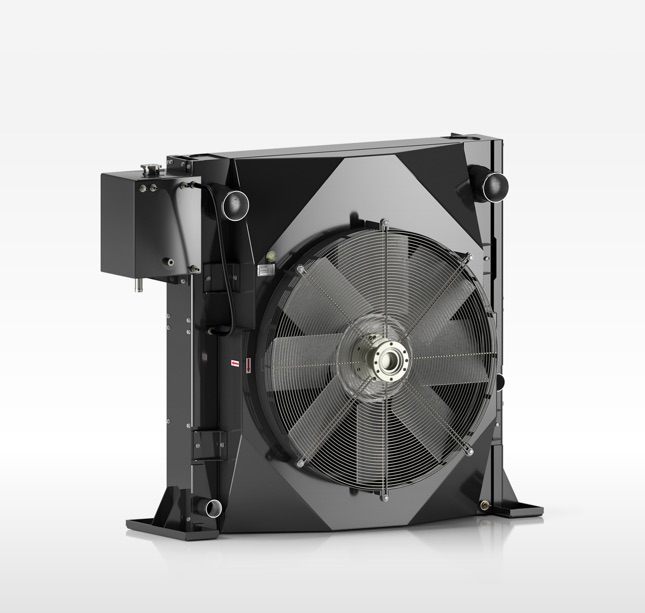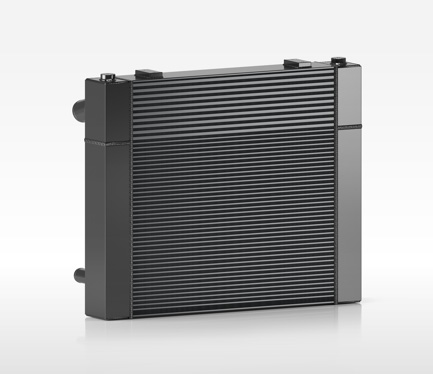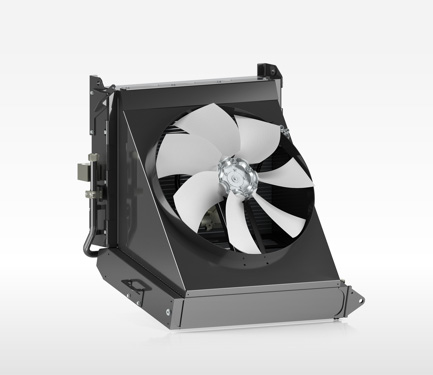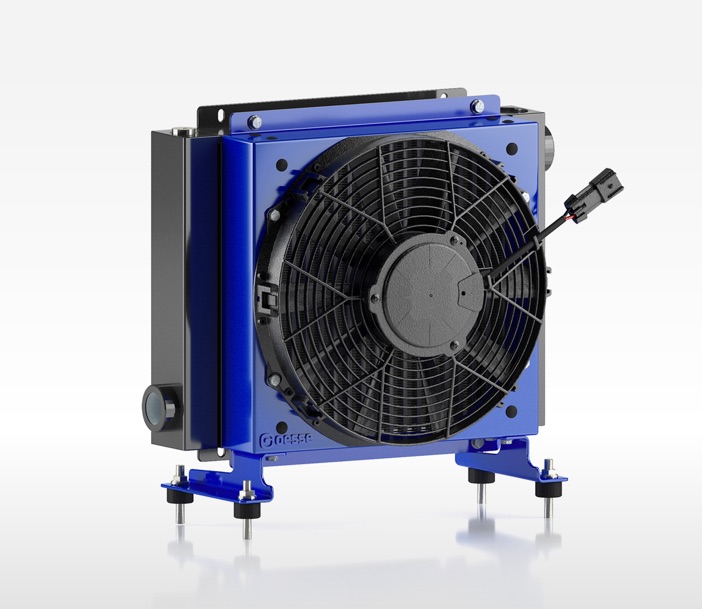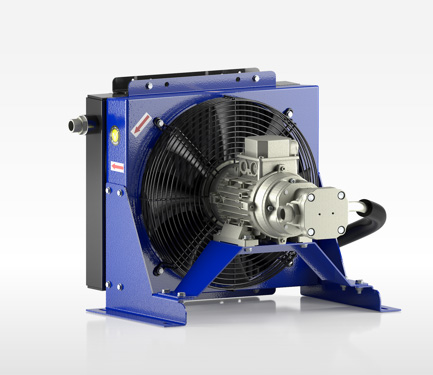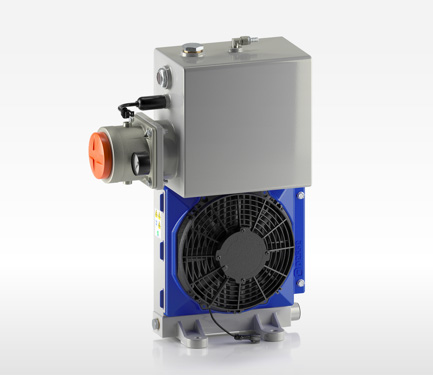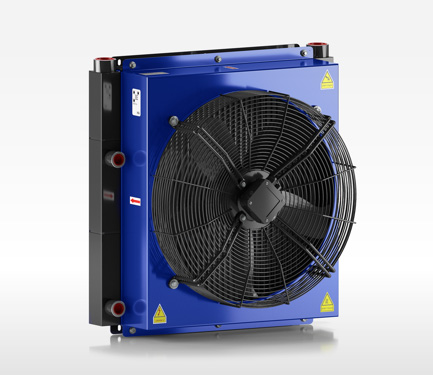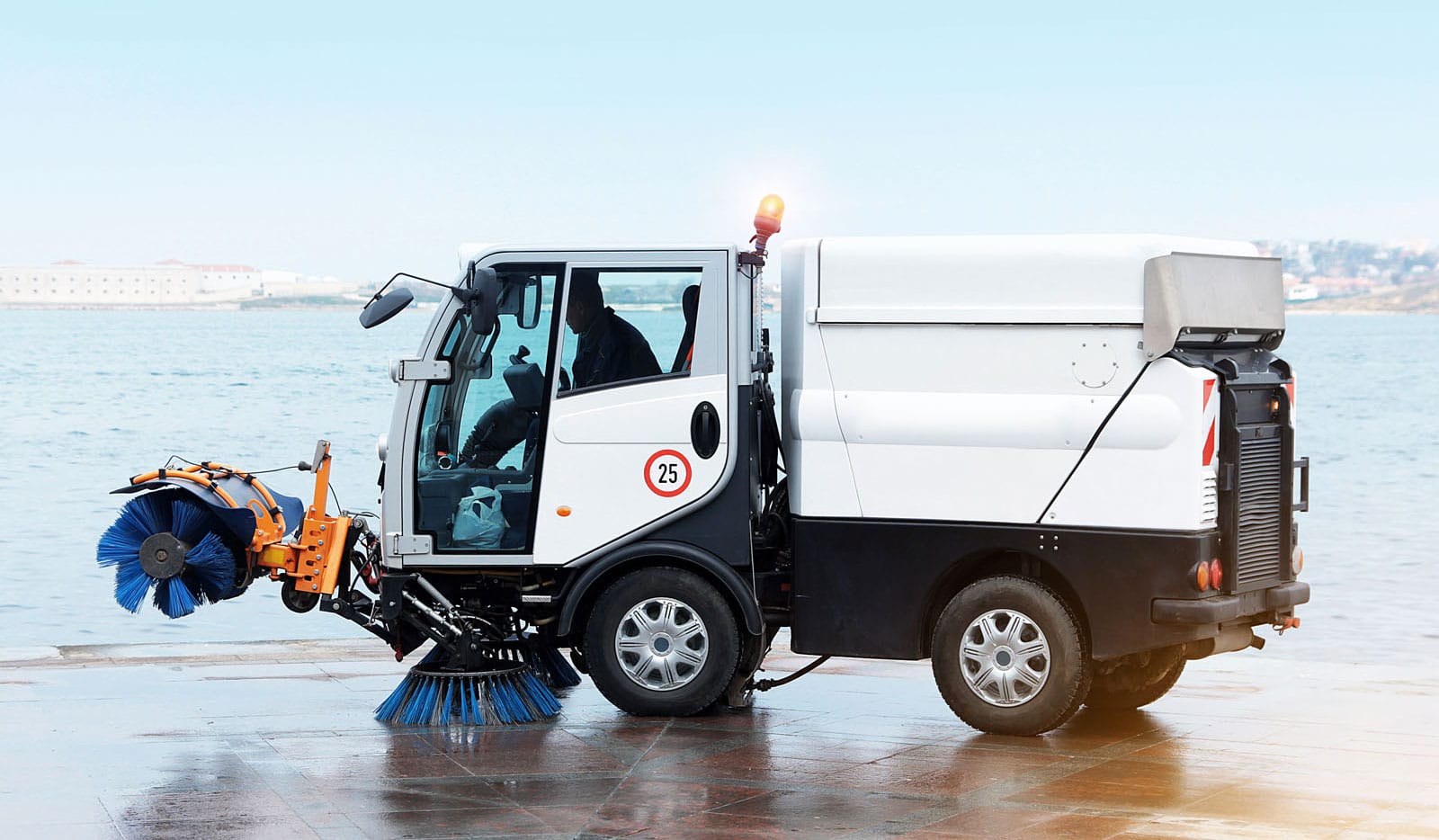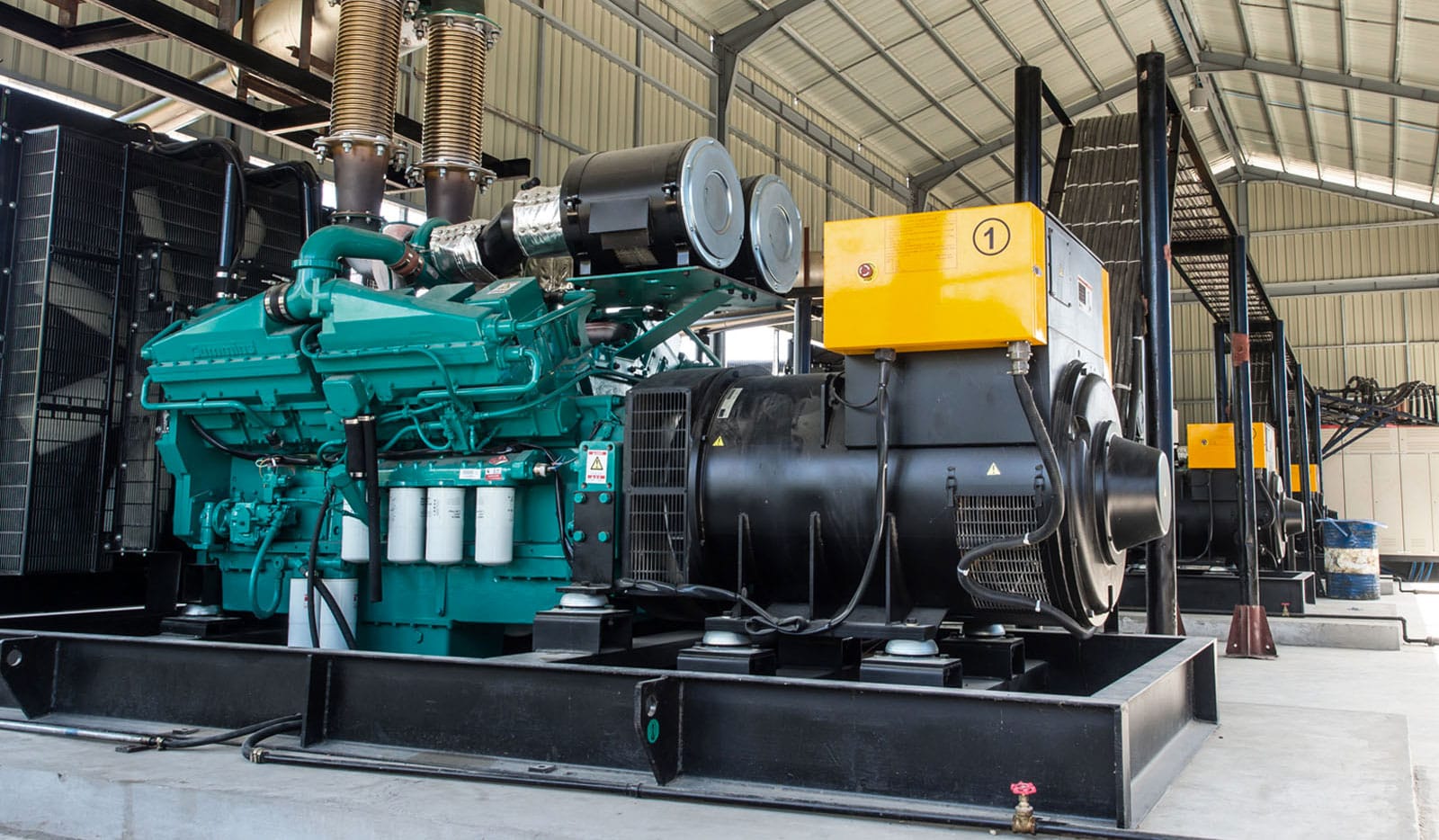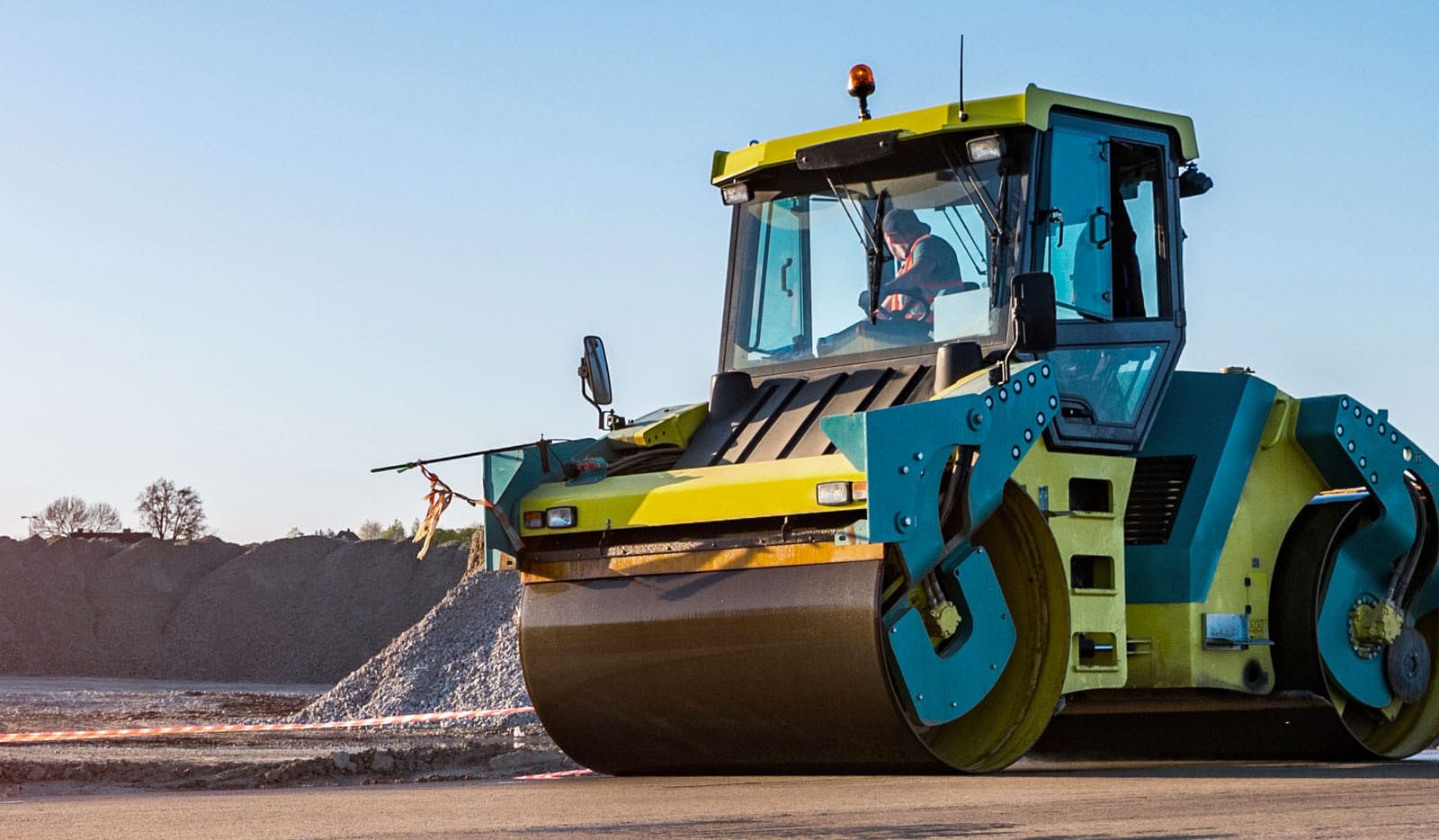In this Oesse Clip we talk about fans in a heat exchanger. Our Project Engineer Mattia Sanson explains the characteristics of the different types of fans, the identification of the working points and the measures to combine the core and the fan.
A cross-flow heat exchanger needs a forced air flow to work. In Oesse coolers we use axial fans.
The fluid to be cooled flows through the internal channels of the core and the fan moves the air through the cooler.
It is better to size the cooling core with a square surface in order to optimize the flow of the fan.
Types of flows and working point of the fan
We can have a sucking or a blowing flow.
The sucking one requires a smaller distance between the axial fan and the core surface.
On the other hand, the blowing one needs more space because of the bigger shadow cone caused by the fan hub.
The operating point of the cooling system is obtained by matching the cooling performance curve with the characteristic fan curve.
We get the ideal working point of the fan when there are:
- Higher air flow
- Higher pressure head
- Lower noise
- Lower consumption.
How do we identify the working point?
We select the curve that provides the required cooling flow with enough pressure head to pass through the core.
Several fans can meet these requirements but not all of them are the right solution.
We exclude the curves where the working point is placed at their inflection point.
In the video we see how 1 and 3 are both fine.
For low power consumption and low noise, we choose curve number 3.
If we want to improve the performance, number 1 is the right option.
How can we combine the fan with the core?
Between them there is a plenum to convey the cooling air.
In the sucking configuration, we have to place 2/3 of the fan inside the bell mouth of the housing.
In the blowing one, we have instead to place 1/3 of the fan inside the bell mouth of the housing.
If the flow is sucking, the fan flexes inwards, so we need to have enough space between the core and the fan blade, avoiding collision with the cooler.
If the flow is blowing, the fan flexes outwards so we need adequate space between the fan blade and the protection grid.
In any case and according to the application we have to maintain a tip clearance between the collar and the tip of the blade between 0.5%-1% of the fan diameter to avoid collisions due to different vibrations
The fan blades generally require a protection grid to ensure the operator safety.
The grid can be square or round.
For large diameters it is recommended to divide it into 2 parts to facilitate assembly and maintenance operations.
Contact our sales staff to request more information.
to get the latest news, updates and exclusive content!
